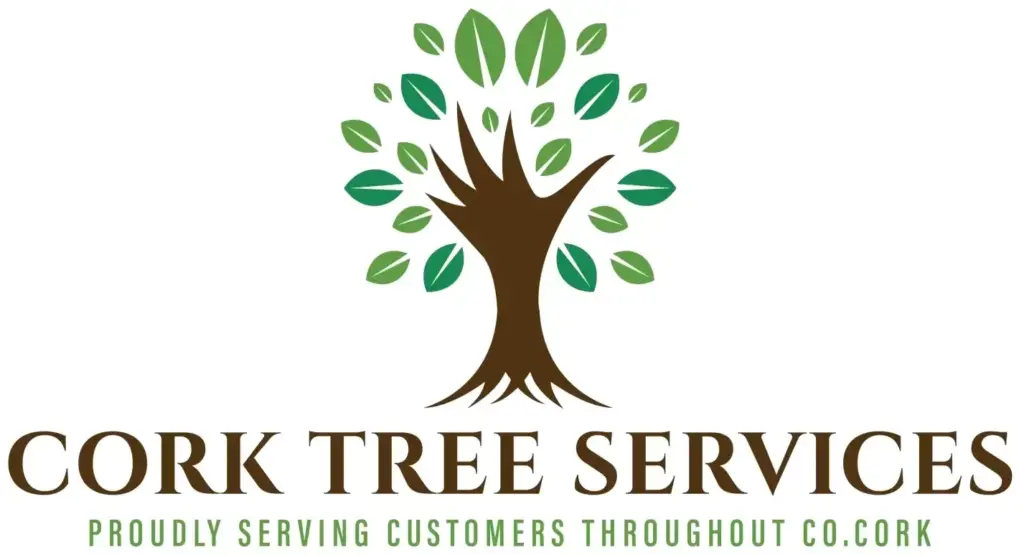
5 Common Tree Diseases in Co.Cork (and their Treatments)
Cork’s trees face many challenges. From harsh coastal winds to wet, damp winters, they are constantly faced with a range of problems. Tree diseases are among the most dangerous and often overlooked threats. This guide will highlight five common ailments and explain how they can affect your trees. It will also explain why tree surgery is important for maintaining local greenery.
1. Ash Dieback
Symptoms include wilting leaves, lesions darkening the bark and dieback of branches starting at the crown.
Ash Dieback is dangerous because it spreads rapidly and weakens entire stands of ash, making them vulnerable to secondary infections.
Early detection is the key to treatment. Minor infections can be treated by pruning the affected branches. However, advanced cases may require professional removal.
2. Dutch Elm Disease
Symptoms include yellow or brown leaves that start on a single stem and spread rapidly. Infected trees may lose their leaves by mid-summer.
Why it’s Dangerous : Bark beetles spread this fungal disease, which can wipe out entire populations of elms if left unchecked.
Treatment: Prune infected limbs to slow down the disease. To protect elms nearby, a tree may need to be removed in severe cases.
3. Horse Chestnut Bleeding Canker
Symptoms include dark, bleeding lesions, dying leaves, and cankers which ooze a sticky liquid.
What Makes It Dangerous? Open wounds caused by the canker allow other pathogens to enter, hastening its decline.
Treatment: Pruning out the infected area and improving overall tree health can be helpful (adequate irrigation, mulching). Tree surgery is required in advanced stages to remove the tree or limbs that are severely damaged.
4. Powdery Mildew
Symptoms include white, powdery spots that appear on stems, leaves and flowers. The leaves may be distorted or fall prematurely.
Why it’s Dangerous : Although rarely fatal, repeated infections weaken the tree and make it vulnerable to other diseases.
Treatment: If caught early, improve airflow by pruning selectively and spray fungicides.
5. Honey Fungus
Symptoms include fungus growth around the trunk base, rotting root systems, and an unpleasant mushroom smell. The leaves often turn yellow, and fall earlier than normal.
Honey Fungus is dangerous because it attacks the roots of trees, causing them to fall without warning. It can also spread below ground to infect trees nearby.
Treatment: It is important to remove infected roots and stumps. To contain the fungus, and to prevent further spreading, a professional assessment is recommended.
Early Diagnosis is Important
Untrained eyes can misdiagnose many tree diseases that display similar symptoms. The problem can quickly escalate, resulting in hazardous situations and expensive removals. That’s where tree surgery becomes indispensable–certified professionals can identify the specific disease, recommend targeted treatments, and safely remove diseased material when necessary.
Consult a professional tree surgery business for more information, or to arrange an on-site evaluation. Early detection and timely interventions can make all the difference to your Cork landscape’s health and disease-free.

